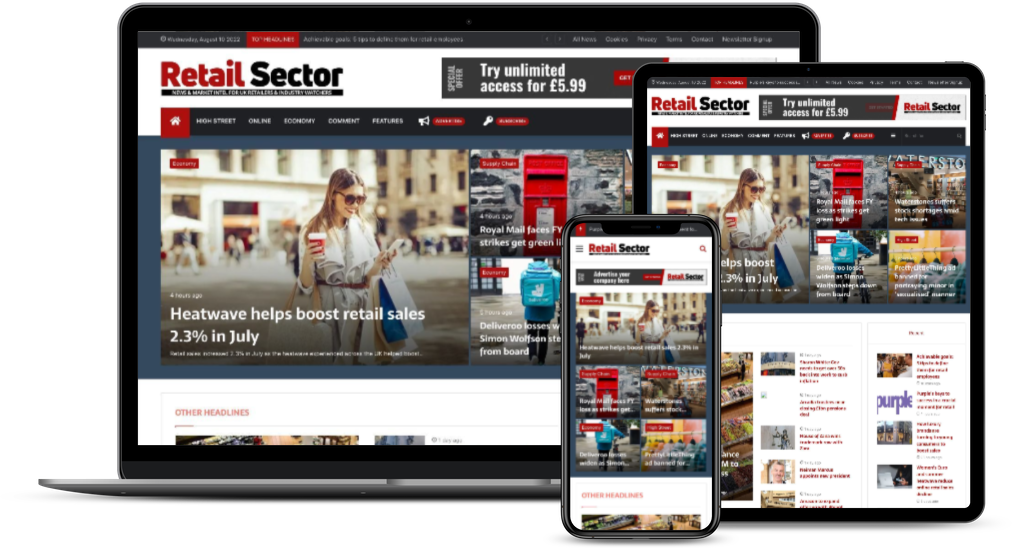Gender fluid fashion: Are your stores and colleagues ready to assist?

Fashion retailers are masters at riding the Zeitgeist. So with interest in gender fluidity mushrooming across the globe, it’s no surprise that innovative retailers are reaching out to a growing band of consumers who like their jeans, jackets, tops and trainers to be gender neutral.

